Are you travelling for spring break or summer vacation? Perhaps you prefer warm climates and seascapes? Maybe you yearn for adventure and places not commonly seen? Or perhaps you just enjoy hearing stories of faraway places and people.
Traveler’s tales go back thousands of years, but publishing stories of exploration and discovery took on a new popularity in the mid-1700s when colonial and other voyages to expand business and knowledge in other realms became more frequent. Travel accounts typically blend diary entries, social observations, scientific data and history into a narrative form. By the early 1800s, these books often contained maps and were illustrated with engraved or lithographed prints of dramatic landscapes, urban vistas, renowned buildings and the curious ruins of lost civilizations. In fact, artists were frequently hired as part of the journey to document scenes and discoveries in an age before cameras.
Contemporary readers would have marveled at the illustrations, especially the complex color aquatints that would have been costly to handprint. Today’s readers, however, might be more inclined to marvel at the extent of treks undertaken in centuries before planes, trains, automobiles and GPS. Ships set sail to all corners of the globe.
Chicago Public Library’s Special Collections include a wide range of destinations from European stops in Italy or Greece to Africa and around the Cape of Good Hope to India and China to North American expeditions to Chile in the Southern Hemisphere and the polar expanses of the Canadian Artic.
Once ships anchored in ports, transportation took various forms. Captain John Franklin's first Arctic expedition travelled 5,500 miles overland with the aid of canoes and dog sleds. His party endured such rough terrain and harsh weather conditions that many crew members died of cold and starvation. Nevertheless, the journey resulted in significant scientific observations on the aurora borealis and the magnetic needle. Warm climates could also take their tolls. Captain James Tuckey’s journey down the River Zaire (Congo) in Africa encountered river rapids, disease and dense rainforest, but nevertheless collected wildlife specimens that included 36 bird species.
Travelers also had different motivations. While serving as the private secretary for Lord Macartney, John Barrow traveled to the court of China in 1792. His book Travels in China presents a rare account of a country that seldom permitted European visitors and included descriptions of their musical instruments along with some song notations.
In retirement, James Wathen began documenting his travels around the British Isles for Gentlemen’s Magazine. In 1811, Wathen sailed to India and Asia with his old friend, Captain James Pendergrass. His Journal of a Voyage, in 1811 and 1812, to Madras and China includes descriptions of food, clothing, meetings with local dignitaries and 24 colored aquatint illustrations that were created from his sketches.
These and numerous other travel volumes of 18th and 19th century illustrated travel narratives were collected during the early decades of Chicago Public Library as part of specialized collections and reference services. These books are now part of the rare book collections in Special Collections where they are available for use by appointment in the Reading Room.

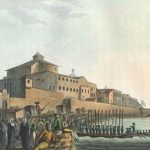

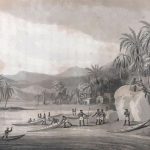

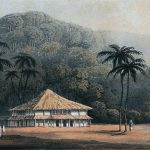
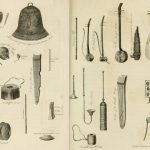
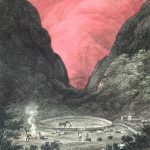
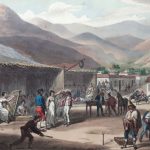
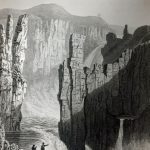

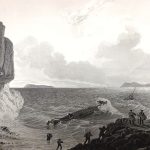


Add a comment to: The Places They Went: Historical Travel in Special Collections